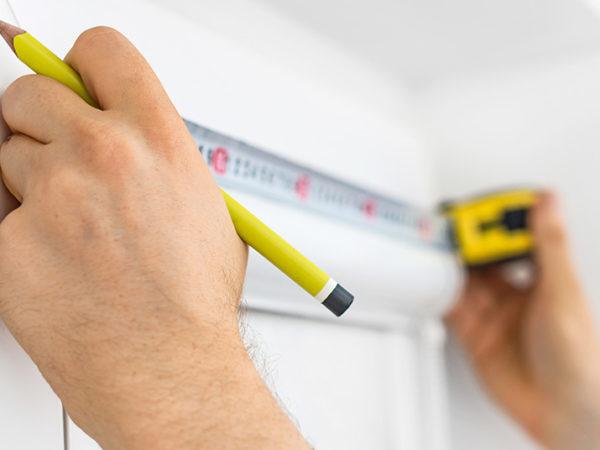
Over-wetting carpets can lead to costly damage, but being forewarned is forearmed.
Here, we offer advice on what to avoid, and what to do if a carpet becomes too wet.
Causes of over-wetting carpets
Over-wetting is a common problem with rental carpet-cleaning machines. These DIY solutions tend to be inefficient at extracting water, leaving carpeting so damp it takes several days to dry.
Home attempts to treat stains and marks often result in over-wetting patches of carpet.
Then, of course, there are leaks, spills and flooding caused by burst geysers, faulty roofs and mother nature, all of which can saturate carpeting.
Effects of over-wetting carpeting
Over-wetting carpeting has all sorts of implications, none of which is conducive to a healthy home or a positive bank balance.
Mould and mildew thrive in damp conditions. Mycotoxins produced by minute fungi give off an unpleasant odour that can impregnate the carpet fibre. This means throwing away the carpet or calling in an experienced cleaning team to eradicate the smell.
Then there’s the health factor. Exposure to mould spores is unhealthy, even in the short term. This is especially true for people who suffer from respiratory problems and allergies.
Excessive dampness can destroy a woollen carpet. If it’s not dried properly, the moisture wicks up through the carpet backing, causing ugly discoloration that is virtually impossible to remove.
When saturated, the backing of carpet is prone to shrinkage. If it’s a fitted carpet, that usually means replacing the entire floor area, not just the sodden part.
What to do if carpet gets too wet
The amount of water involved will dictate the best response.
Marginally damp carpets
When carpets are not saturated through to the underlay, a few clean dry towels and heavy weights can do the trick.
Simply spread the towels over the affected area. Walk up and down the towels to absorb the moisture. Alternatively, well-placed piles of books or magazines will work, but remember to put down a waterproof layer first.
Follow up by drying the carpet with a hair dryer, heater or fan. In warm, sunny conditions, open all the doors and windows.
Sodden carpets
Carpeting that is wet through to the padding requires a different strategy. The key is to extract all the water as quickly as possible.
The use of a large, powerful wet-dry vacuum cleaner is recommended. It can suck up moisture trapped deep in the pile.
Drying the carpet requires a consistent flow of air. This can be achieved by one or more fans directed at the wet patches. A dehumidifier in the room is also helpful. It removes moisture in the air and accelerates the drying process.
Grey water-affected carpets
A leak caused by a burst outlet or wastewater pipe in the kitchen or bathroom releases grey water that is contaminated by grease, chemicals, pathogens and toxins.
The best solution is to recruit the services of a professional cleaning team. Cleaning companies have the detergents, equipment and experience necessary to dry, decontaminate and sensitise soiled carpet.
For flood damage – like many homes in the Cape have unfortunately experienced – more drastic steps may be required, including taking up water-logged carpeting and installing new floor coverings.
If you’ve been affected by floods, we recommend our article on what to do if your home floods in Cape Town. It’s a comprehensive guide featuring useful advice, information and contact numbers.
How we clean fitted carpets without over-wetting them
At Chelsea Cleaning, we use a hot water extraction method to clean carpets without over-wetting.
We lift deep-seated particles and sanitise the carpet with a vacuum-based steam cleaning machine, and tackle stubborn stains one by one.
We then machine clean the carpet with our proprietary detergent, vacuum it a second time and leave it to air dry.
Carpet cleaning by Chelsea Cleaning is not only quick and effective, it’s “water sparse”. Avoid the cost and health implications of over-wet carpets.
Call Chelsea Cleaning now on 021 761 1162. We serve clients in the Cape Winelands, West Coast and greater Cape Town area.
Contact us now


